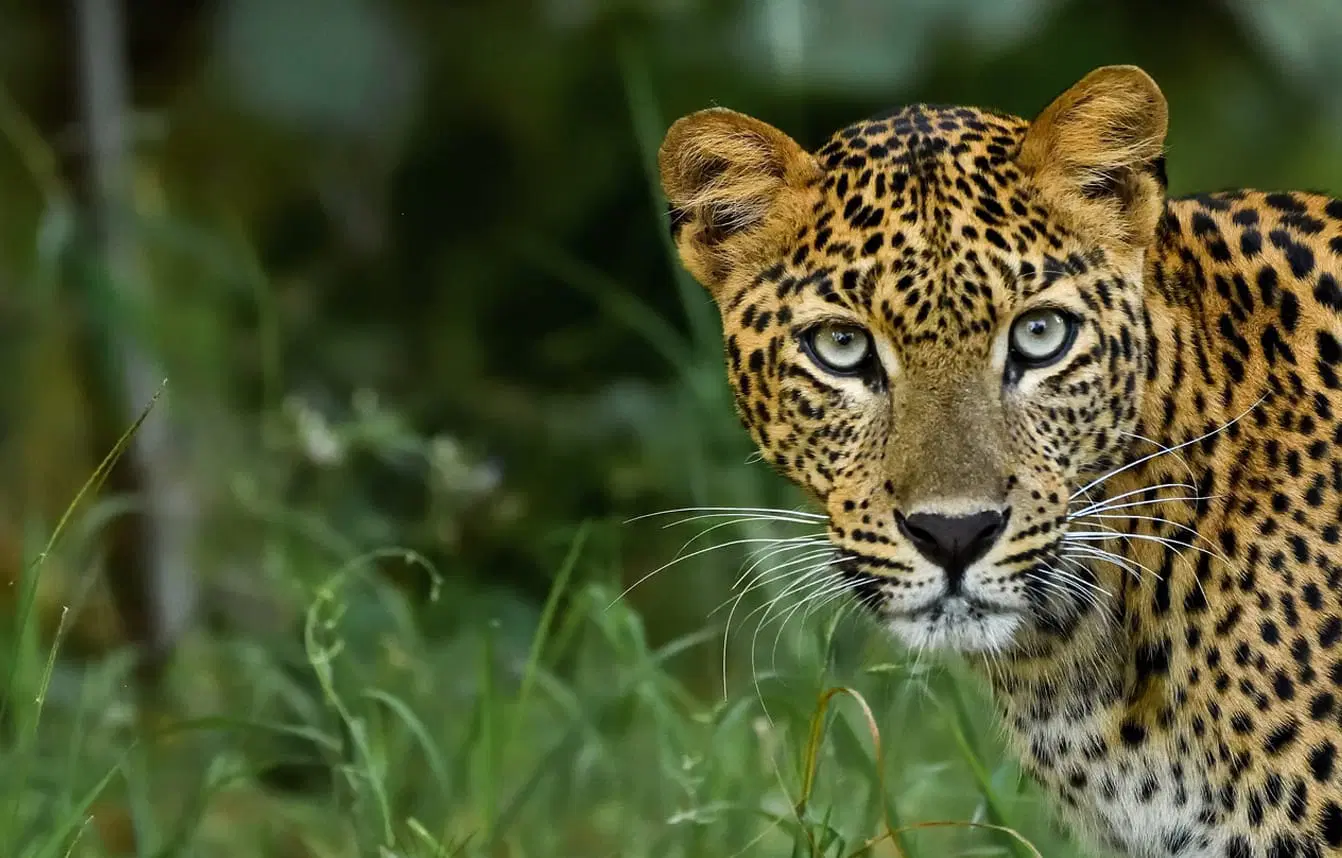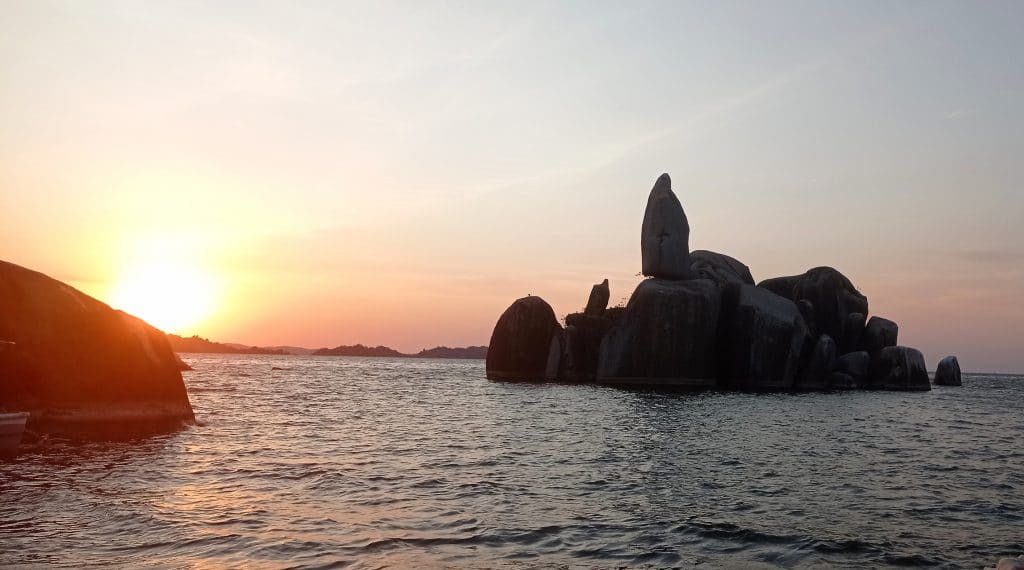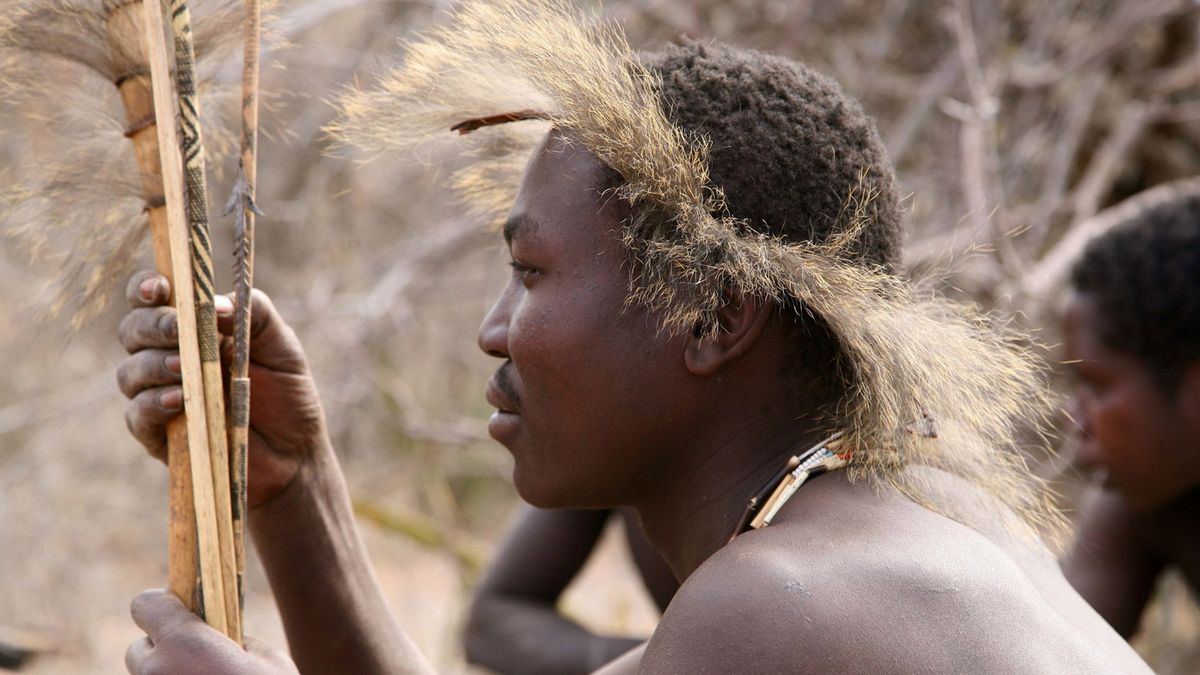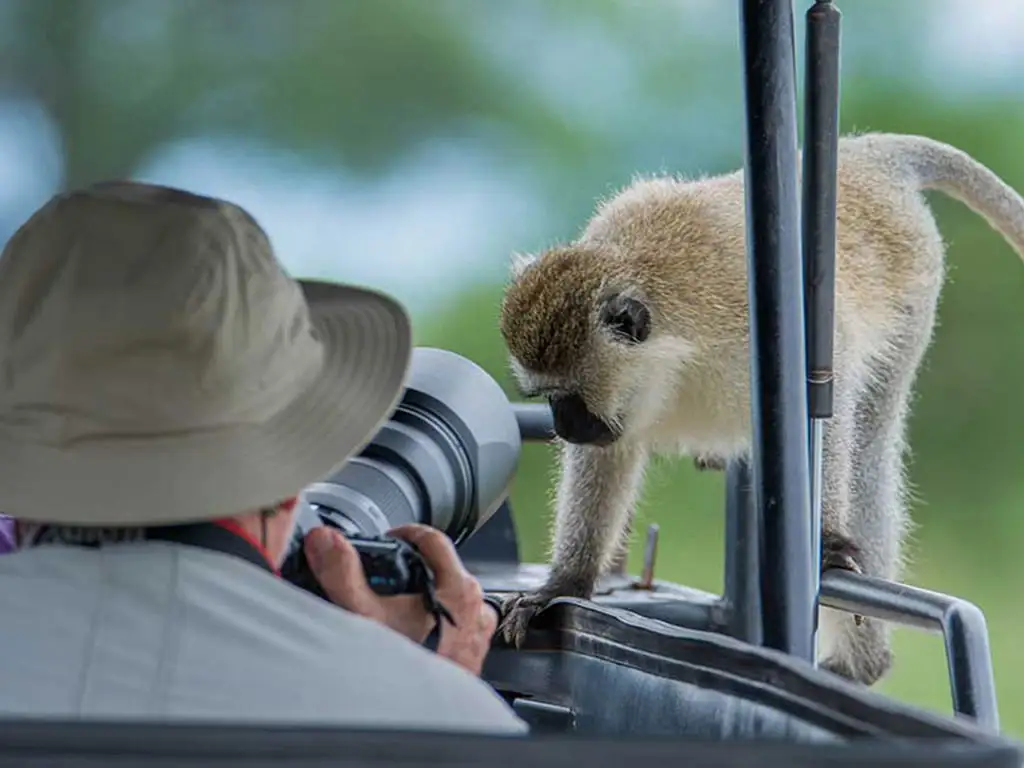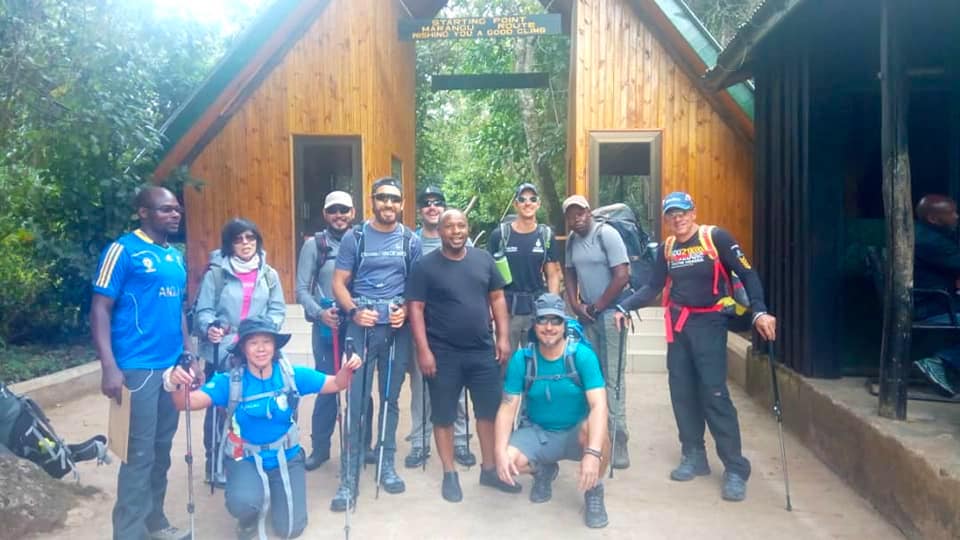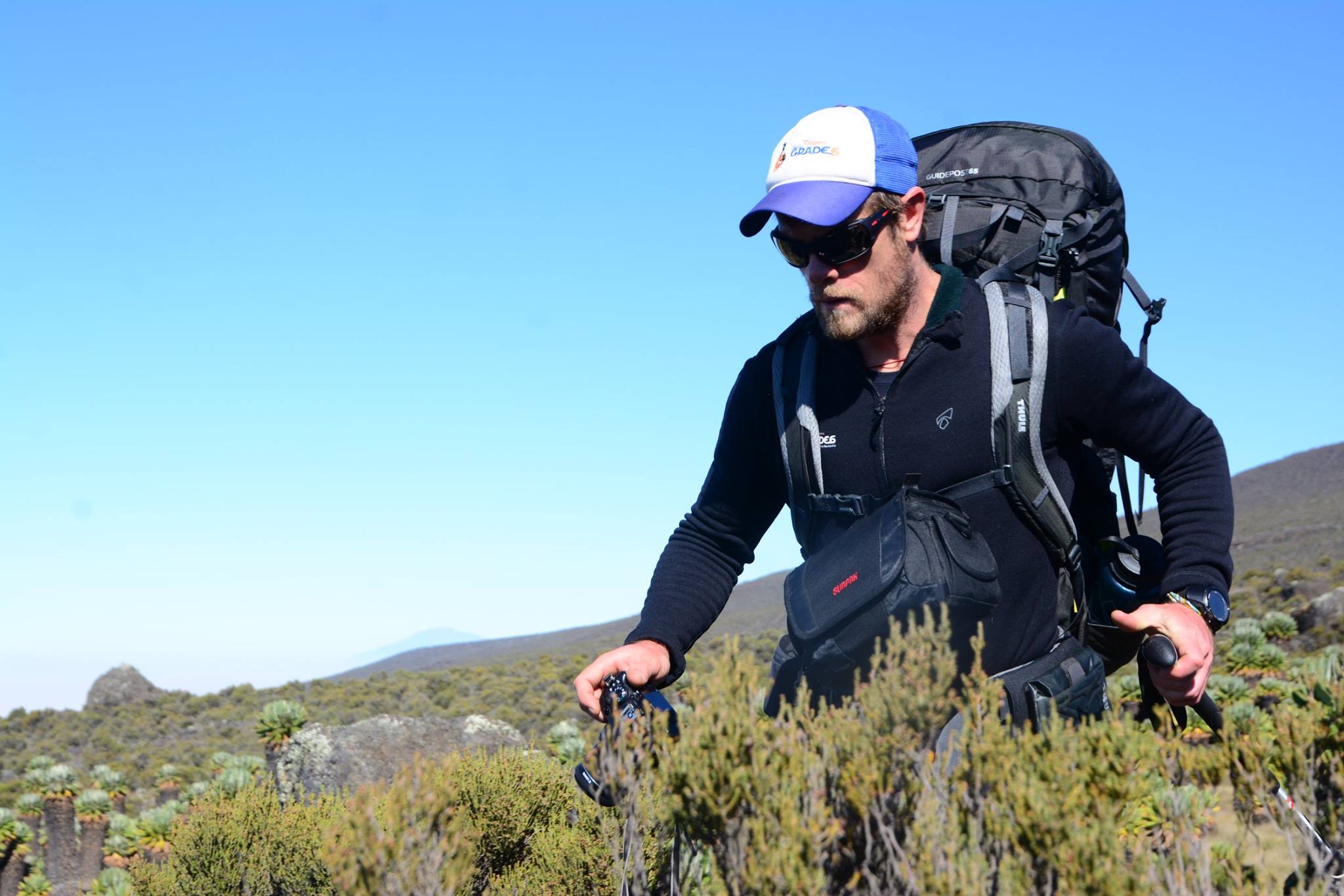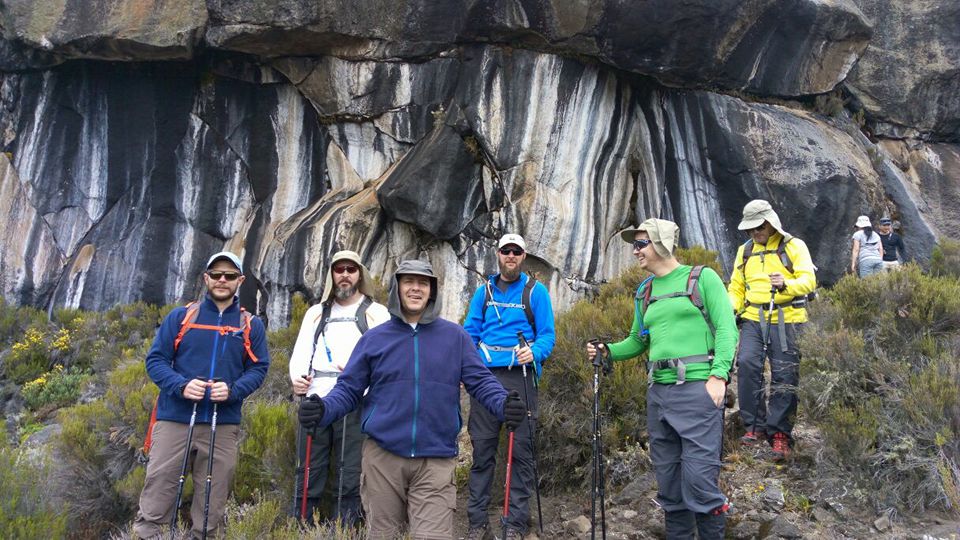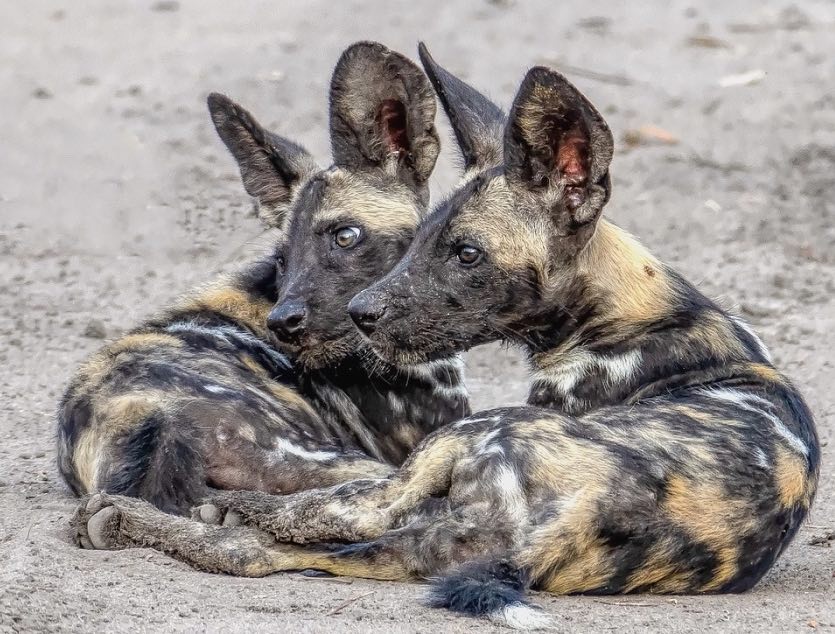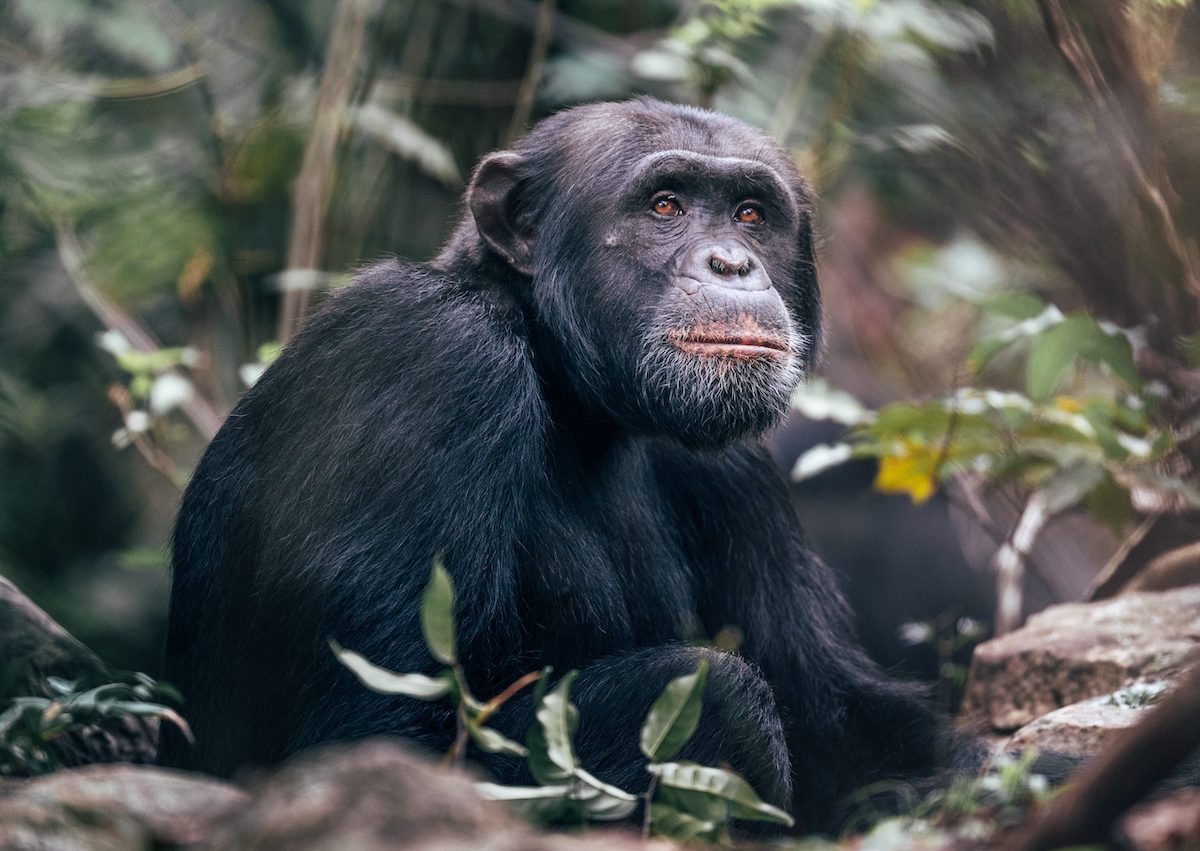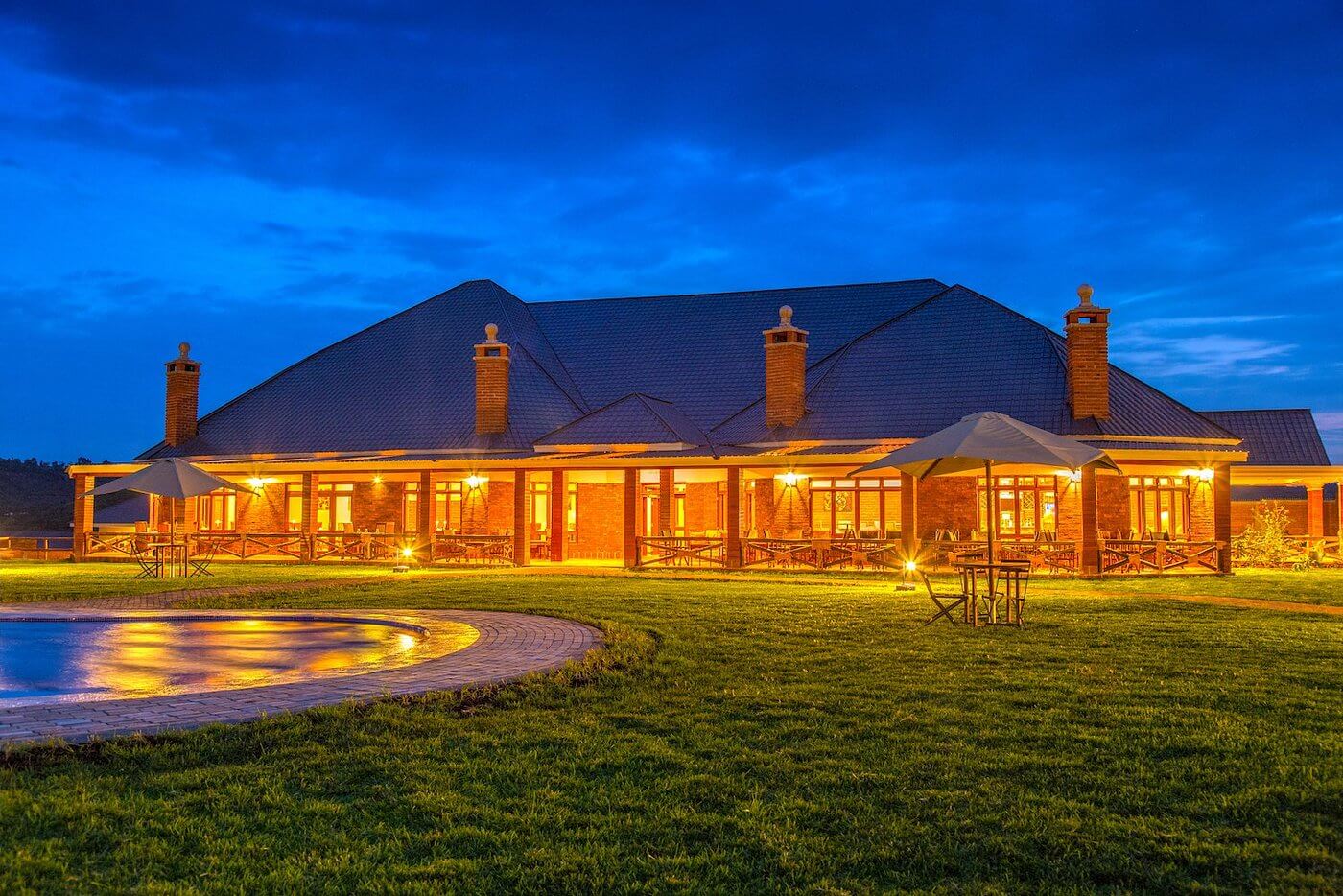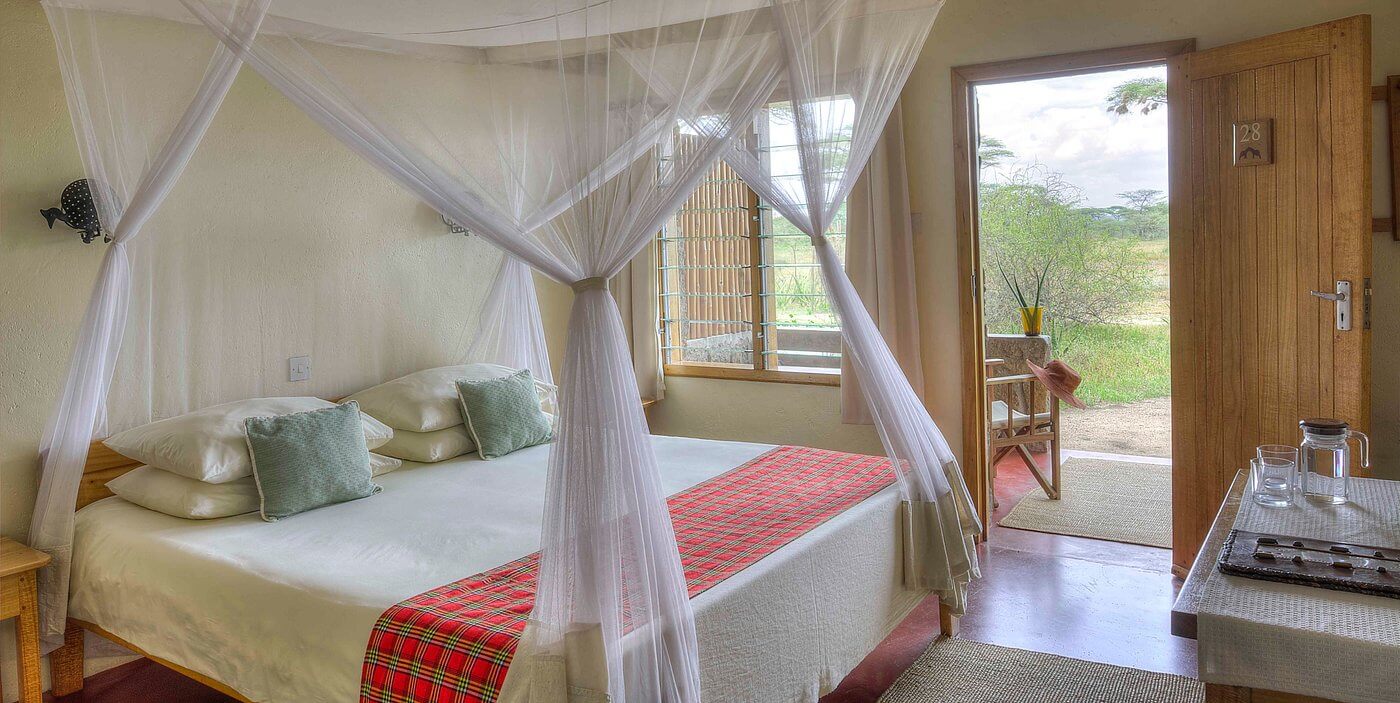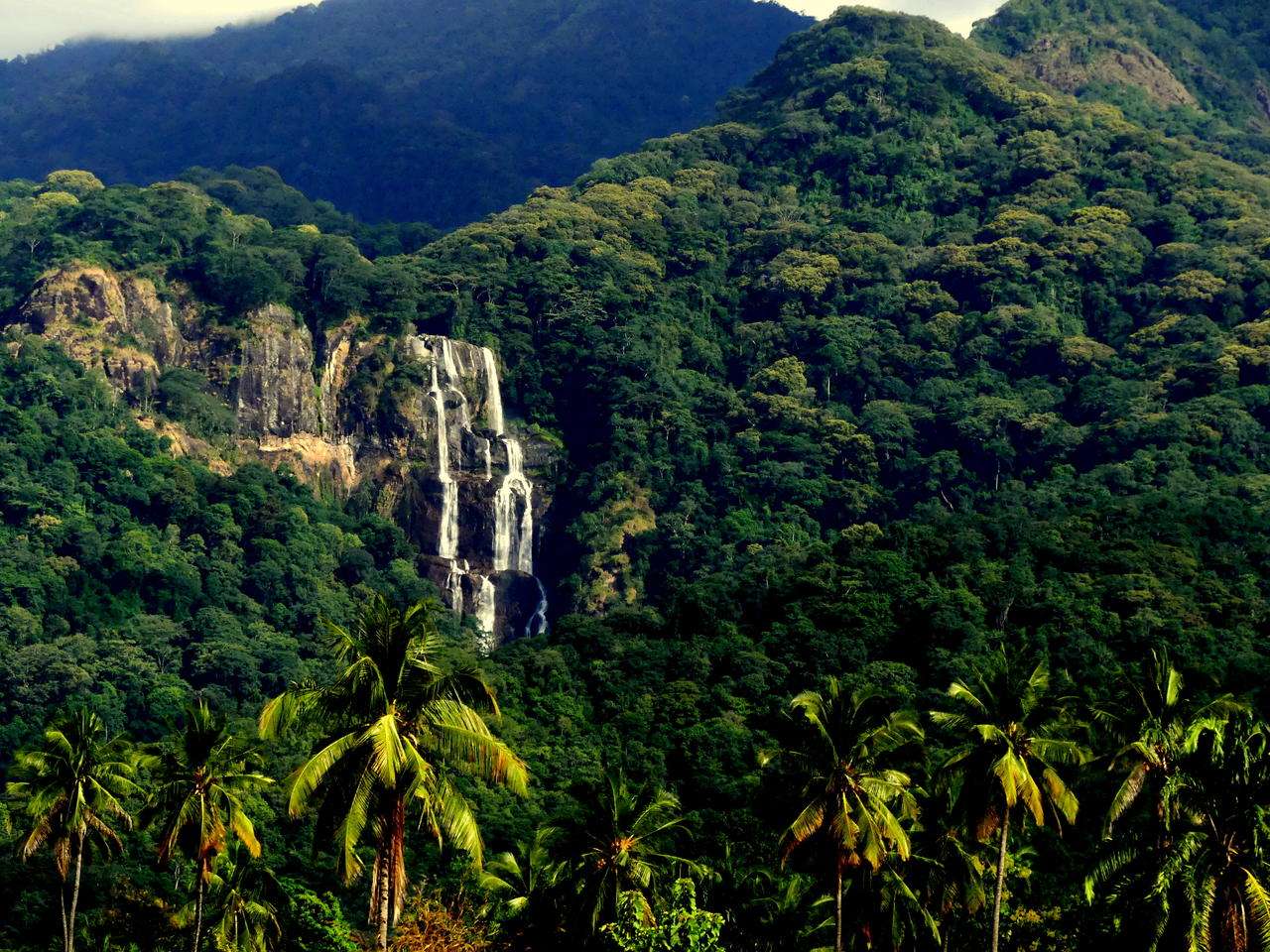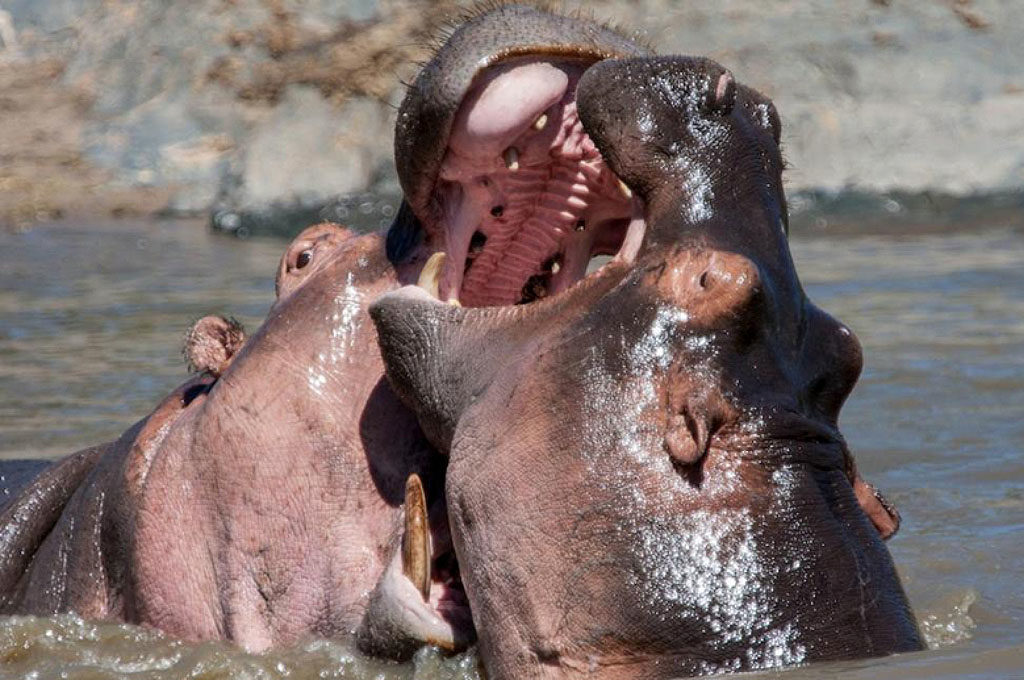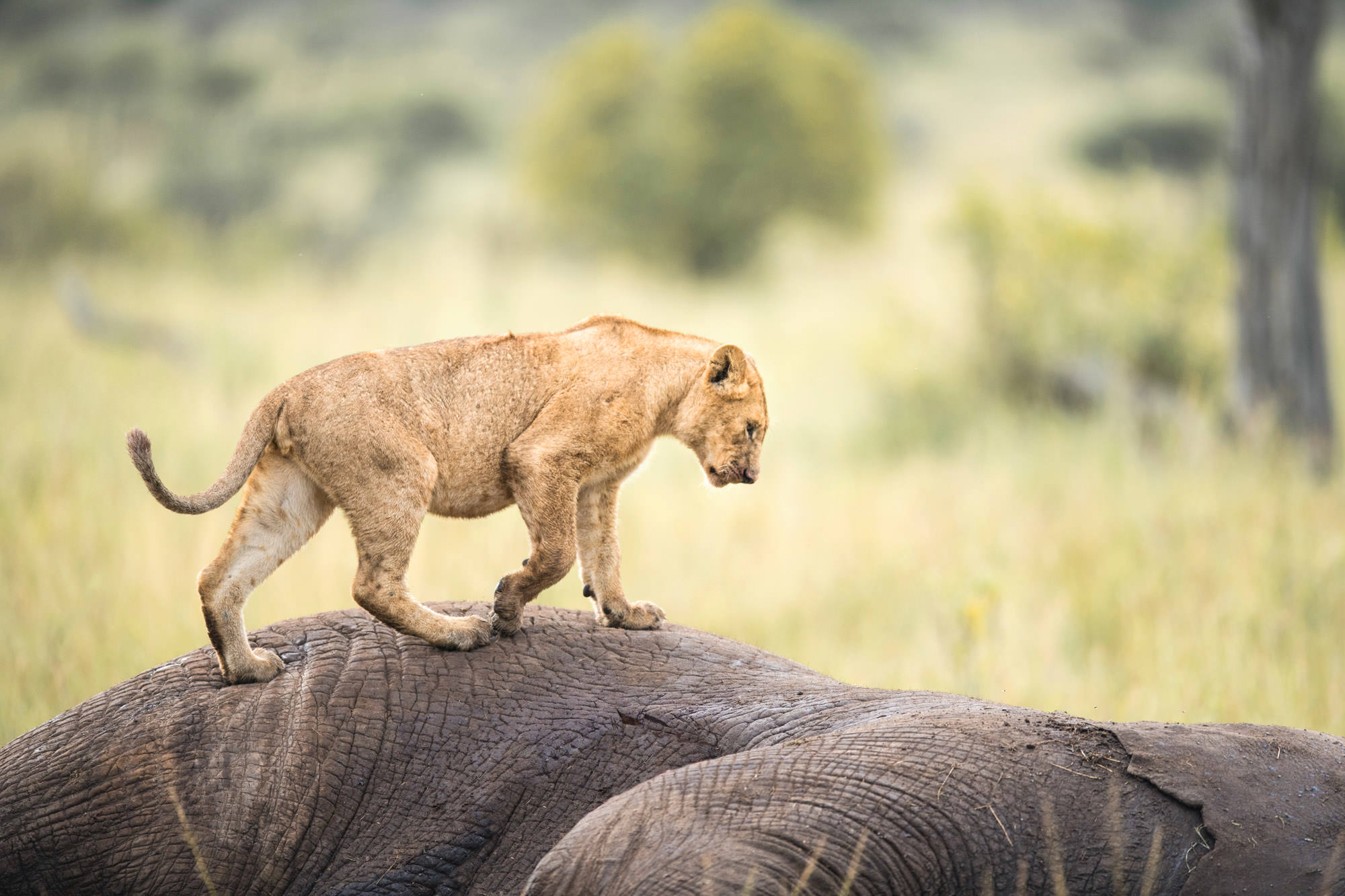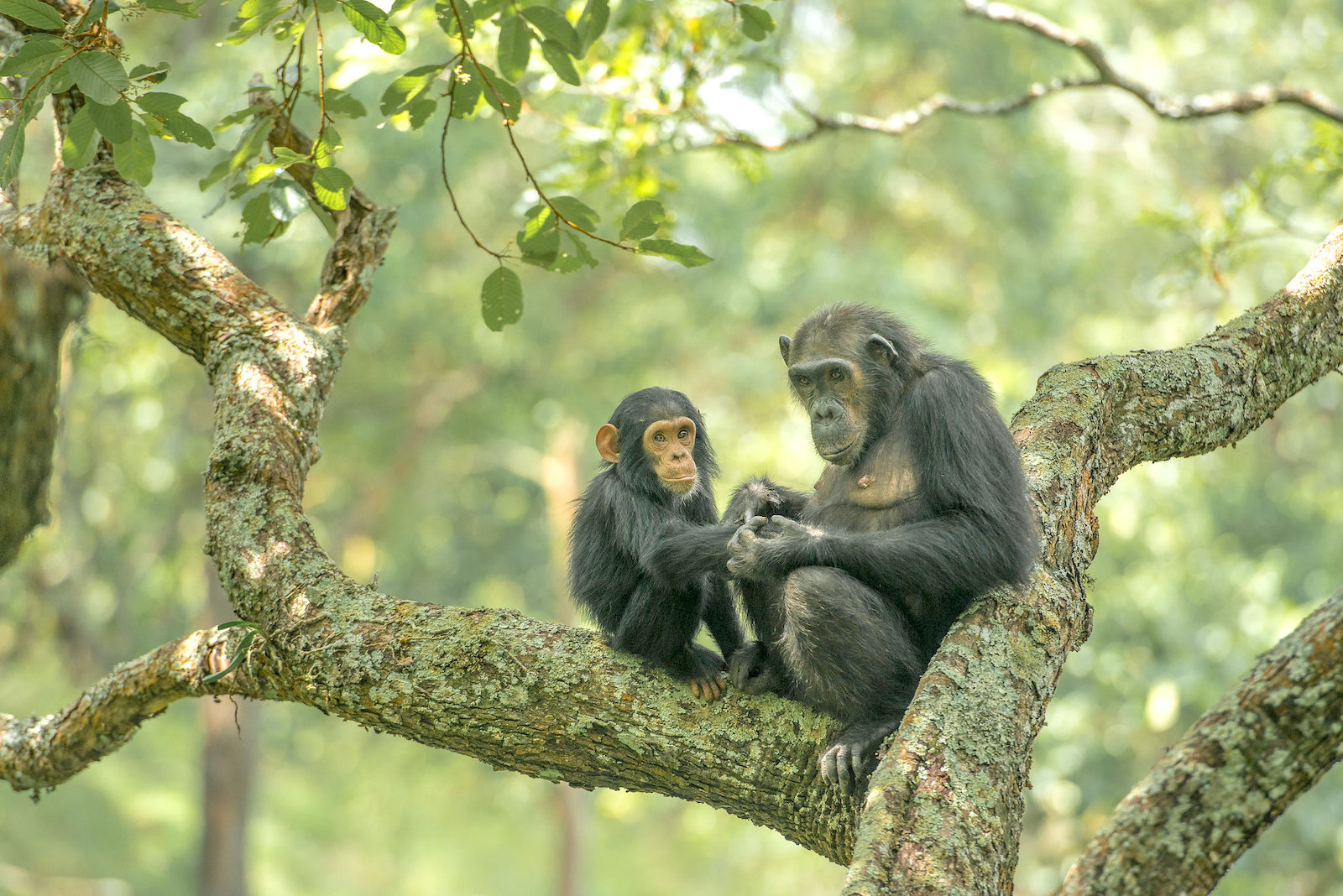Selous Game Reserve, nestled in the heart of Tanzania's Southern Circuit, is a sprawling expanse of untamed wilderness that beckons the discerning traveler into a realm of unparalleled natural beauty. Spanning approximately 50,000 square kilometers, it stands as one of Africa's largest and least-explored game reserves, promising an exclusive and immersive safari experience.
Distinguished by its remarkable biodiversity, Selous is home to a staggering array of flora and fauna. The reserve's landscapes host a thriving elephant population, estimated at around 40,000, making it a sanctuary for these majestic creatures. Lions, leopards, cheetahs, hippos, and crocodiles also roam freely, creating an intricate web of predator-prey dynamics.
The Rufiji River, a lifeline for the reserve, winds its way through Selous, offering not only sustenance to its inhabitants but also a unique perspective for visitors. Boat safaris along the Rufiji provide intimate encounters with sunbathing crocodiles, playful hippos, and a symphony of avian life. The juxtaposition of terrestrial and aquatic safari experiences adds to the reserve's allure.
Selous prides itself on its low tourist density, ensuring an exclusive and unspoiled encounter with the wilderness. Game drives through its varied terrains reveal a dynamic ecosystem where each turn may bring forth a new wildlife spectacle. The reserve's commitment to sustainable tourism allows for an authentic experience while minimizing the impact on its delicate ecosystems.
Unlike many other wildlife reserves, Selous permits walking safaris, granting visitors the opportunity to intimately connect with the smaller details of the environment. Knowledgeable guides lead explorations through the bush, imparting insights into the intricacies of the flora and fauna that might be missed during conventional game drives.
Within the reserve, strategically located luxury camps and lodges offer a harmonious blend of opulence and authenticity. These accommodations, often seamlessly integrated into the natural surroundings, provide a retreat for travelers seeking both comfort and a genuine connection with nature.
Selous Game Reserve holds the prestigious designation of a UNESCO World Heritage Site, a testament to its outstanding natural value and unique ecosystems. Ongoing conservation efforts underscore Tanzania's commitment to preserving the reserve's biodiversity, ensuring that future generations can continue to marvel at the wonders that define this extraordinary corner of Africa.


